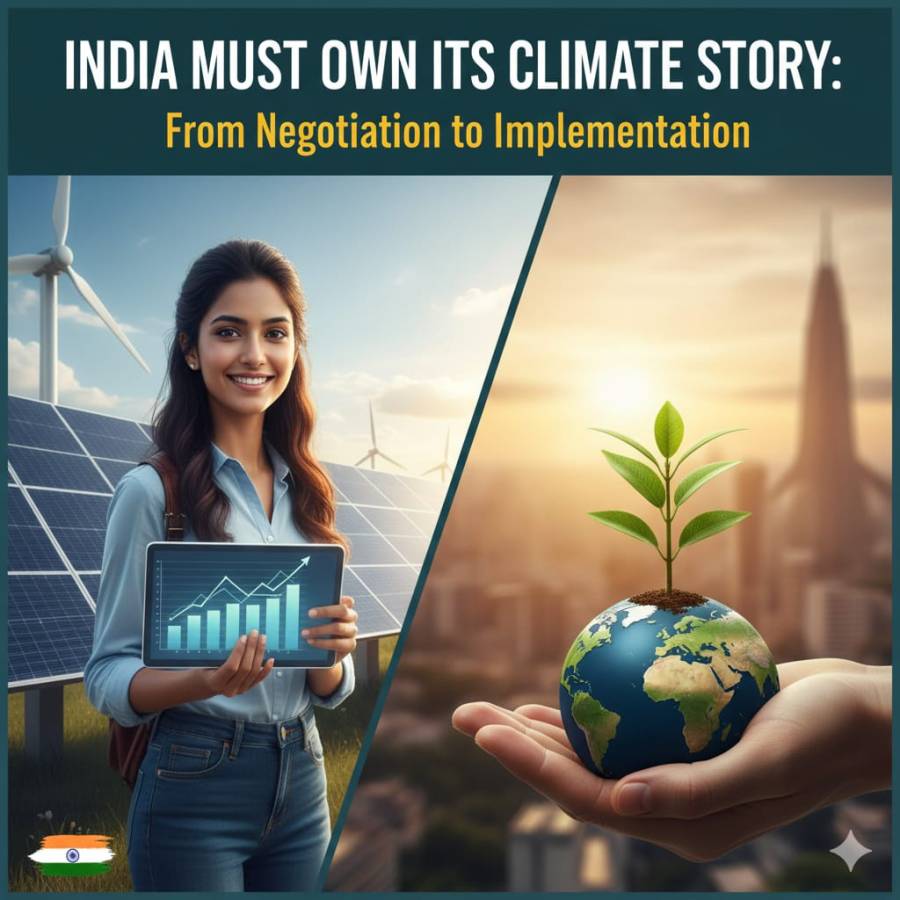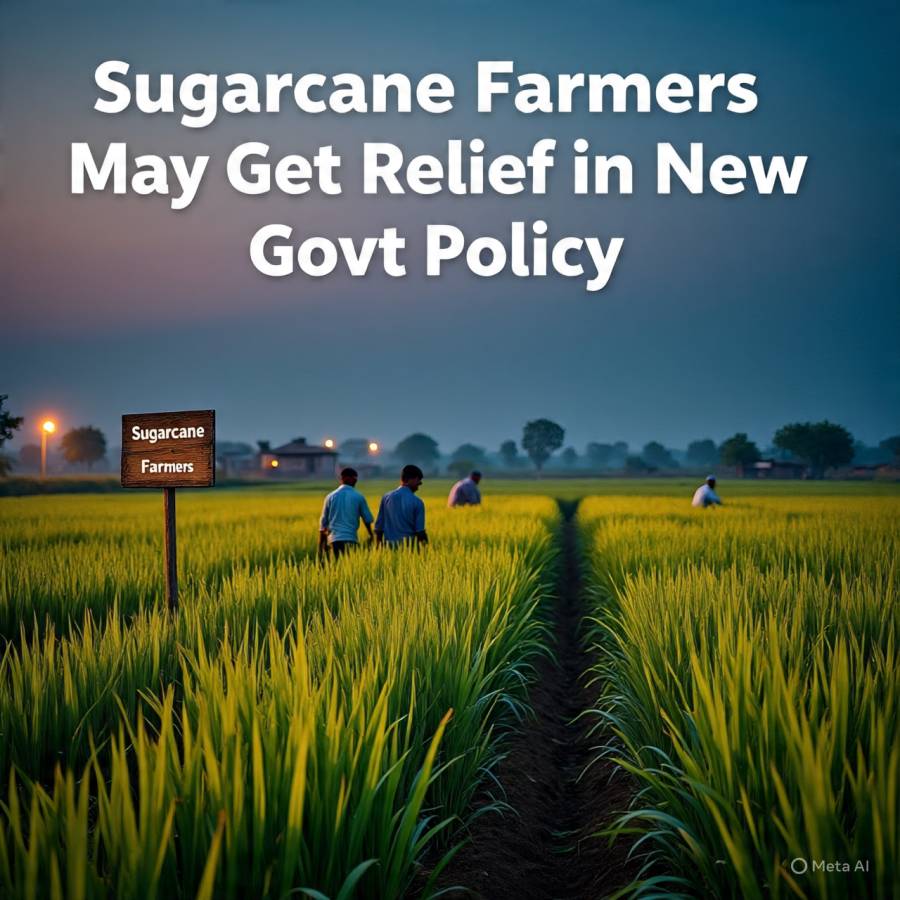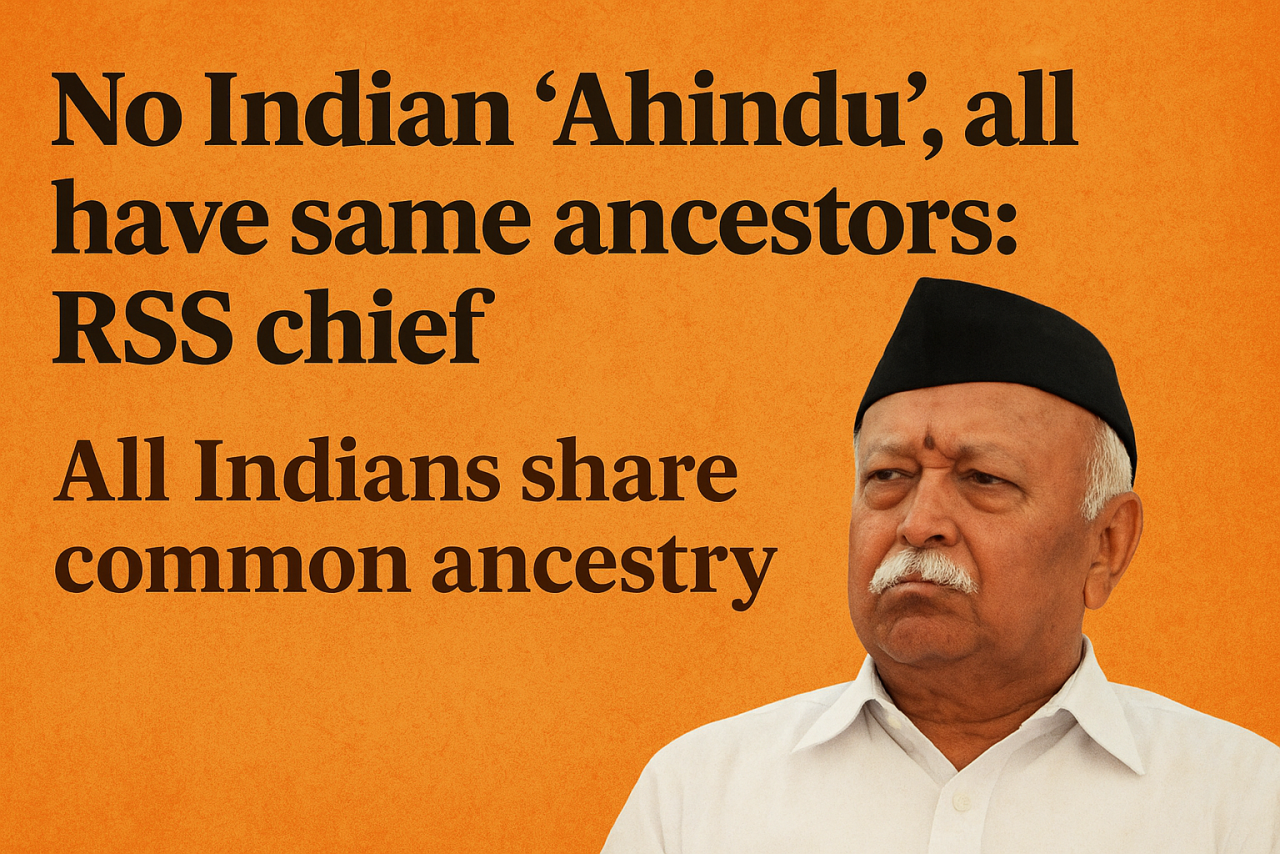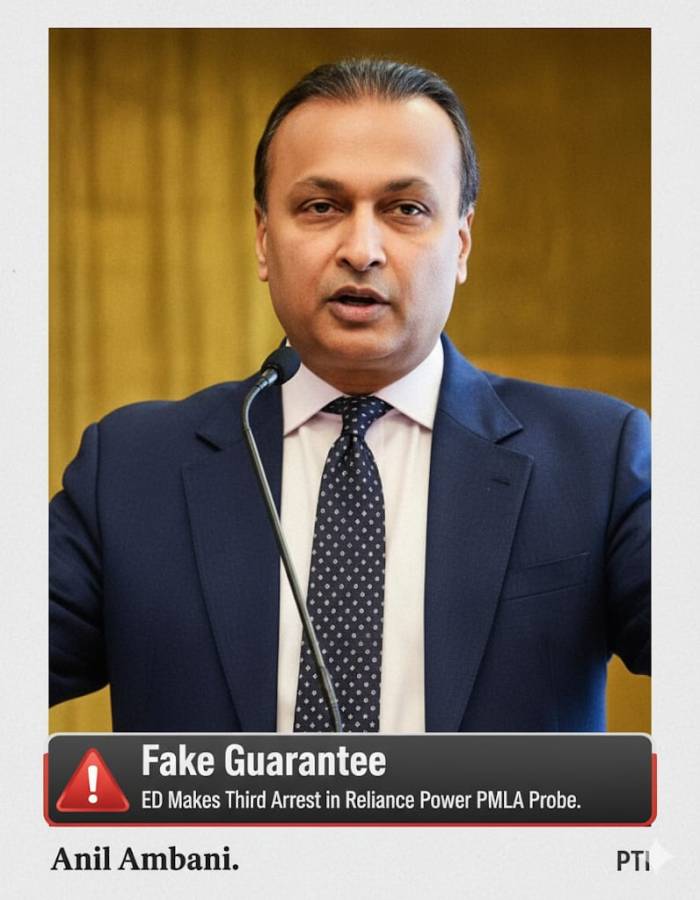
India finds itself at the center of a tense geopolitical tug-of-war, as its continued large-scale purchases of Russian crude oil become a litmus test for its strategic autonomy. While the country benefits from heavily discounted oil that fuels its fast-growing economy, it faces mounting pressure from the United States to sharply curtail these imports. The situation has evolved into a high-stakes balancing act, where national interest, global diplomacy, and energy security intersect.
US President Donald Trump has been outspoken on the issue, declaring that India will "almost completely stop" buying Russian oil by the end of the year. New Delhi, however, has refrained from confirming any such commitment. Instead, Indian officials have maintained that energy decisions are determined solely by market dynamics and the nation’s economic needs. It is a carefully calibrated position that allows India to defend its autonomy without directly confronting Washington.
The Geopolitical Squeeze
Since the outbreak of the Ukraine conflict, India has emerged as one of the top buyers of Russian crude. Moscow, cut off from many of its traditional European customers, turned to Asian markets and offered substantial discounts to sustain its exports. For India, this arrangement has been both strategic and pragmatic. Affordable Russian oil has helped stabilize domestic prices, reduce inflationary pressures, and support millions of consumers amid global energy volatility.
However, this policy has triggered strong reactions from Washington. The United States has employed multiple pressure tactics, including the imposition of additional tariffs on certain Indian goods. These measures have been explicitly linked to India’s continued engagement with Russian energy. At the same time, the Trump administration has tightened sanctions on Russian entities such as Rosneft and Lukoil, indirectly complicating India’s energy transactions.
Yielding to US demands would come at a steep cost. Such a move could be interpreted as a weakening of India’s long-held principle of strategic independence. For decades, New Delhi has sought to maintain balanced relationships with competing global powers, refusing to align fully with any one bloc. Succumbing to pressure on energy policy could undermine this reputation and signal to the world that India’s core interests are negotiable.
A Complex Economic Game
The situation is further complicated by India’s ongoing trade engagements with the United States. Both countries are in talks to deepen economic cooperation, including possible long-term energy partnerships. Yet, New Delhi has made it clear that diversifying its energy sources will not come at the cost of cutting off existing and advantageous supplies from Russia. Indian policymakers argue that the country’s growing energy demand requires flexibility, not restrictions dictated by foreign capitals.
Adding to this complexity is what analysts call the “refining loophole.” A significant share of the discounted Russian crude imported by Indian refiners such as Reliance Industries and Nayara Energy is processed domestically and then exported as refined fuels to global markets, including Europe. Ironically, this means that Western nations, despite sanctioning Russian oil, are indirectly consuming the same through Indian refineries. This paradox underscores the intricate nature of global energy flows and the limited efficacy of sanctions in a deeply interconnected world.
Signalling to the Global South
For many in the Global South, India’s stance is more than a matter of economics. It is viewed as a symbol of resistance against unilateralism in international relations. If India were to bow to US sanctions and tariffs without challenge, it could send a discouraging message to other developing nations that seek to preserve policy independence amid great-power rivalries. India’s ability to navigate this pressure while maintaining credibility will shape how it is perceived as a leader among emerging economies.
Walking the Tightrope
Ultimately, India’s challenge lies in maintaining a crucial partnership with the United States while defending its sovereign right to make energy decisions in its own interest. The dilemma highlights the contradictions within the Western position, as many Western economies quietly continue limited trade with Russia even as they publicly criticize others for doing so. For New Delhi, the path forward will require diplomatic finesse, economic pragmatism, and an unwavering commitment to its principles.
India’s tightrope walk between discounted Russian oil and US pressure is not just about barrels and dollars. It is a test of whether the world’s largest democracy can assert its autonomy in an increasingly polarized global order, proving that strategic independence remains its most valuable resource.




















